DeOx: Mission-Critical Nitrogen™ Corrosion Inhibiting Solutions for Wet Fire Protection Systems
Deox™- Corrosion Inhibiting Systems – South-Tek Systems
Protect your Building & Bottom Line with DeOx
A Ruptured Wet Fire Protection System can Destroy a Building and a Budget.
Corrosion in wet fire sprinkler systems can cause sprinkler systems to break down or rupture, leading to expensive maintenance or worse – a system failure during an emergency. Protect your people and your building with a DeOx deoxygenation system for wet fire sprinkler systems.
While dry fire sprinkler systems fill the network of pipes with air using an air compressor, wet fire sprinkler systems contain water year-round. Without nitrogen to protect the pipes, oxygen corrodes the pipe wall and over time leads to costly maintenance. Learn more about the differences between wet and dry systems here.
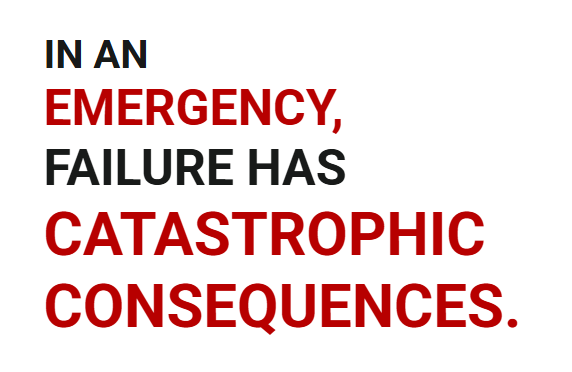
DeOx Corrosion Inhibiting Systems
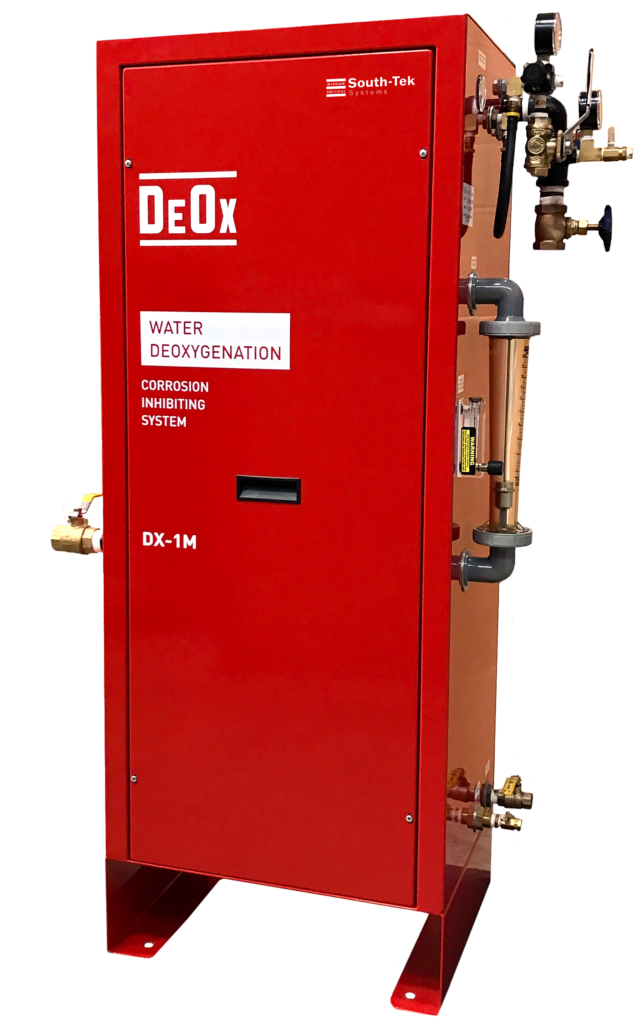
DeOx-Dx-1M
close
Learn More
DeOx-Dx-1M
- 1,000 gal. per hour
- Reduces oxygen in both trapped air pockets, and fill water
- 16 GPM of deoxygenated water @ < 1.0ppm
- Fully pneumatic – no electrical required
- DOWNLOAD SPEC SHEET
- DOWNLOAD MANUAL
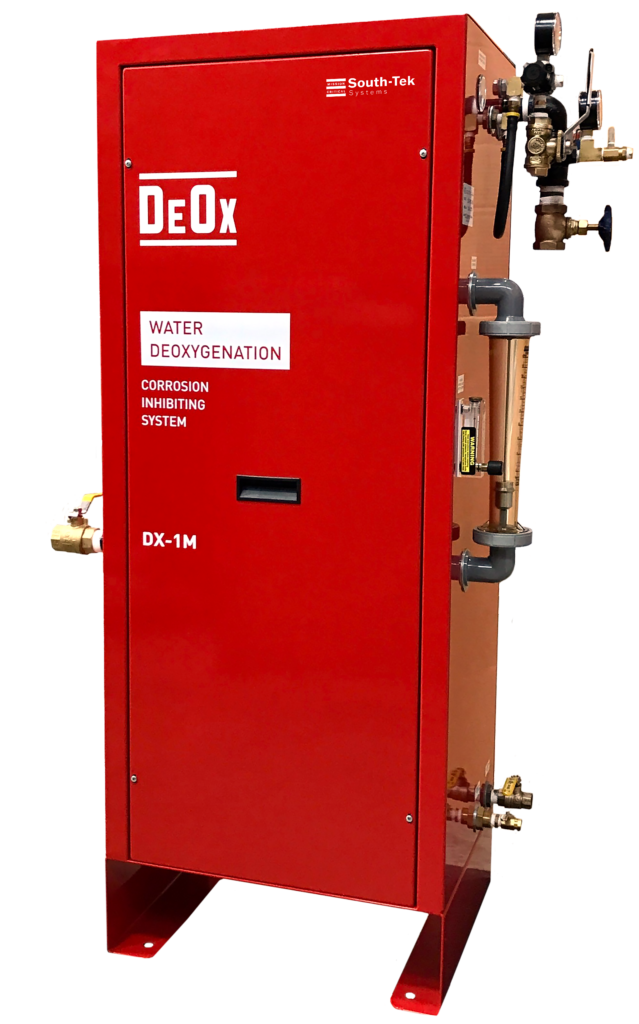
DeOx-DX-3M
close
Learn More
DeOx-Dx-3M
- 3,000 gal. per hour
- Reduces oxygen in both trapped air pockets, and fill water
- 48 GPM of deoxygenated water @ < 1.0ppm
- Fully pneumatic – no electrical required
- DOWNLOAD SPEC SHEET
- DOWNLOAD MANUAL
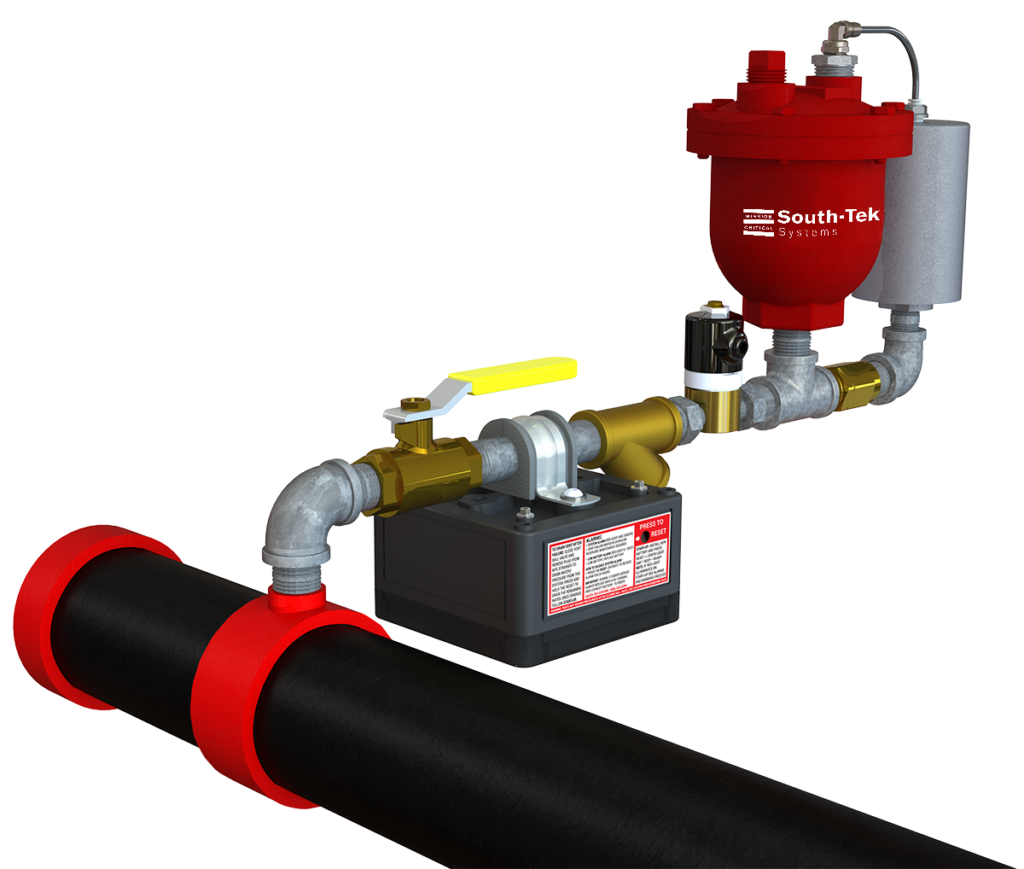
Dual Vent O2-Release
close
Learn More
Dual Vent 02-Release
- FailSafe™ design works as a true water stop
- Water accumulation fully drains back to FPS by depressurizing FPS and pressing reset button on Air Release Valve
- 9V Lithium ion battery with low battery buzzer and visual LED indicator
- Fully pneumatic – no electrical required
- Only one connection to the piping
- DOWNLOAD SPEC SHEET
- DOWNLOAD MANUAL
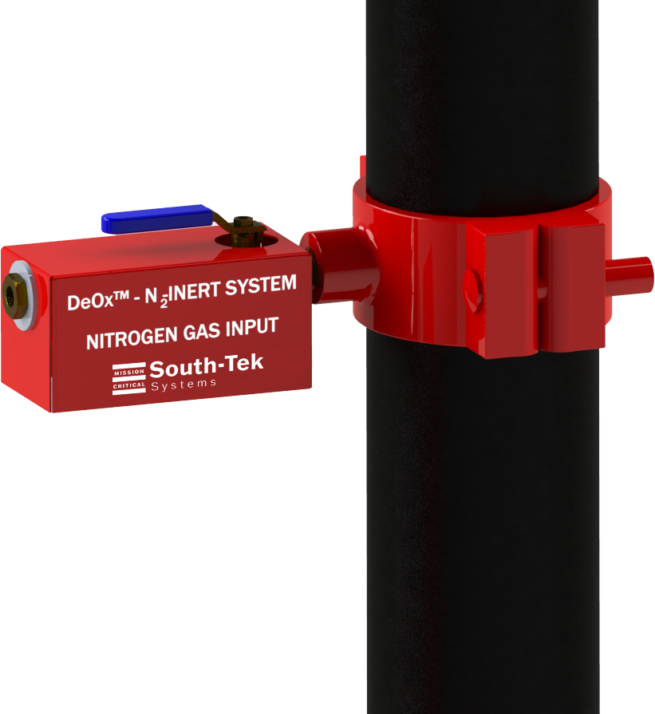
N2 Inert System
close
Learn More
N2 Inert System Input
- Reduces oxygen levels within any wet FPS
- Effectively displaces all trapped air within a wet system with pure nitrogen
- Includes injection port to connect nitrogen supply and exhaust port
- Requires nitrogen supply
- DOWNLOAD SPEC SHEET
- DOWNLOAD MANUAL
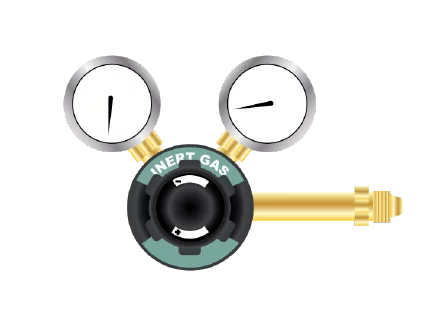
High Pressure Regulator Kit
close
Learn More
High Pressure Regulator Kit
- Connection point for nitrogen source
- For use with high pressure nitrogen cylinder or liquid nitrogen dewar
- Includes 10’ hose with quick connect nipple
- Fully pneumatic – no electrical required
- DOWNLOAD SPEC SHEET
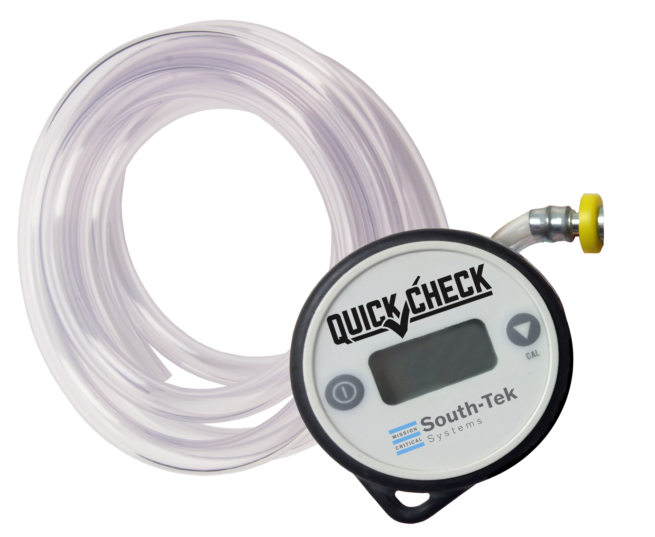
Quick-Check Portable Purity Sensor
close
Learn More
Quick-Check Portable Purity Sensor
- Automatic Shutoff
- Battery operated, hand-held nitrogen analyzer verifies that desired nitrogen purity is achieved within all zones
- Connects to an AutoPurge System or Quick-Check Sampling Port
- Easy to use one touch calibration
- DOWNLOAD SPEC SHEET
The Corrosion Triangle
Corrosion is a result of three elements coming together; unprotected metal, oxygen and water. A nitrogen inerted wet sprinkler system removes oxygen from the equation, disrupting the process and inhibiting corrosion.
UNPROTECTED METAL
Leaving black steel pipes unprotected results in wall-thinning corrosion that can lead to perforations. Unprotected galvanized steel can lead to pitting – slowing your fire-prevention system down or causing a leak.
OXYGEN
If powered with oxygen instead of nitrogen, there is as much oxygen in your pipes as in the air you breathe. This creates a perfect environment for corrosion.
WATER
Moisture left behind after hydro tests doesn’t completely evaporate from your sprinkler system. These residual water electrolytes further feed corrosion.
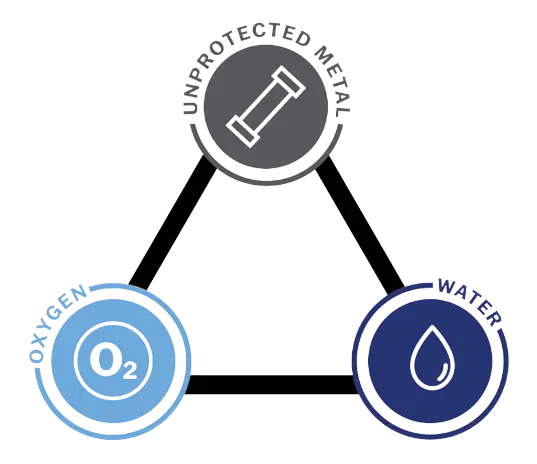
Why Does Oxygen Cause Corrosion in Wet Fire Sprinkler Systems?
DeOx takes oxygen out of the equation, protecting your system for the long-term.
Oxygen = Corrosion
Before an emergency, water sits in your wet fire sprinkler system. If the water is oxygenated, corrosion builds up, leading to expensive problems down the road.
Corrosion = Vulnerability
As pipe walls break down through the process of corrosion, holes form, compromising the integrity of the entire system. Corrosion results in reduced water flow or worse, renders a system completely inoperable in the event of an emergency.
Nitrogen Inerted Wet Sprinkler Systems Solve the Problem
With a nitrogen inerted wet sprinkler system, this risk is mitigated through replacing a key ingredient causing corrosion, oxygen, with nitrogen. This stops the buildup of corrosion, saving your sprinkler system and saving you from costly maintenance expenses.
FAQs for Nitrogen Inerted Wet Sprinkler Systems
What’s the difference between a dry and wet sprinkler system?
How much does it cost to install a DeOx system?
In addition to the invaluable human dangers and damages associated with a failure of an existing or rapidly deteriorating sprinkler system, the cost of a replacement system or a fire emergency getting out of control because of a compromised sprinkler system would far exceed the cost of system replacement. For example, it may cost you $50,000 to install a nitrogen system, but a total sprinkler replacement, including all of the ancillary equipment could cost you $1,000,000.
How does inerting in a wet sprinkler system inhibit corrosion?
Oxygen is one of the three ingredients that combine to induce corrosion. When inerting on a wet fire sprinkler system, nitrogen replaces oxygen in the system of pipes, inhibiting corrosion. Learn more about this complex topic here.
What are the different applications of a wet sprinkler system?
The majority of sprinkler systems are wet; wet sprinkler systems are used in buildings to suppress fire emergencies by releasing water through sprinkler heads. They can be found in commercial and residential buildings and are effective in protecting property and saving lives.
What does using nitrogen in a wet sprinkler system do?
A nitrogen inerted wet sprinkler system is a type of fire suppression system that uses nitrogen gas to replace much of the oxygen within the water in pipes, protecting the integrity of the pipe system.
In the event of a fire, when the sprinkler system is activated the water is released, suppressing or extinguishing the fire.
How reliable are nitrogen generators?
Nitrogen generators are field tested and proven to hold up for the long term, extending the life of your black steel pipe system.